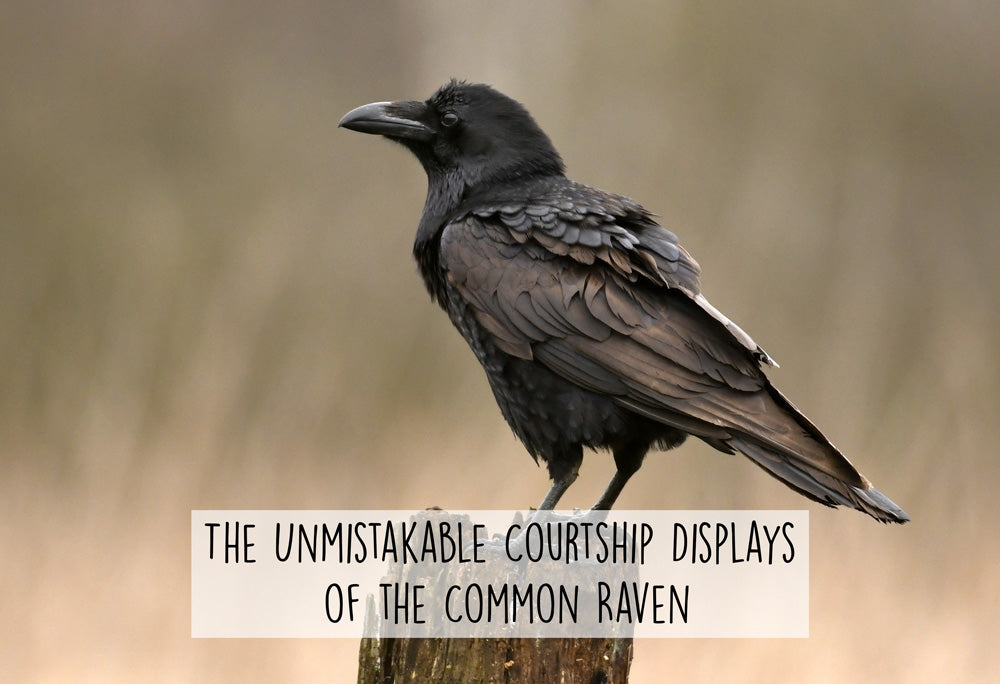Offer
Provide additional details about the offer you're running.
Provide additional details about the offer you're running.
Provide additional details about the offer you're running.

If you’ve been fortunate enough to have been in the great outdoors at virtually any point in your life, there’s a good chance you’ve encountered a raven or two along your travels!
Kidding aside, these are one of the most common birds here in Eastern Ontario and are unmistakable through sight and sound. As common fixtures in the forests, fields and front lawns of our region, we all could easily pick one out of a crowd and can recognize their distinct call from a distance.
While they do resemble another common bird in the crow, there are a number of distinctions that make them easily recognizable. Among them is their sheer size, ravens are drastically larger than crows and have a couple of extra feathers on their tails to help with their acrobatic aerial displays.
While we are used to the majority of our birds returning with the rising temperatures, budding leaves and blooming flowers, there are a few of our birds that begin the mating process well ahead of that. The common raven is among those birds.
One of the earliest mating seasons of all the birds here in North America, these birds have already begun the process of selecting a mate. While many birds are polygamous in their mate selection from year-to-year, common ravens are typically monogamous in nature, often selecting a mate for life. For this reason, common ravens will not actually breed until they are between two and four years of age, making this whole process even more amazing to behold.
Prior to their mating age, young birds will often get together in large flocks while they jockey for future rights to territory.
As for the more mature birds, their courtship rituals are extremely diverse acrobatic flight performances, delivering gifts of food all through the process to any potential mates in the vicinity.
The display gets even better as competing males enter the fray. Competing males will seemingly push the envelope for the attention of any female ravens diving from trees, rock cliffs or performing aerial games of chicken with one another.
The next stage ahead of mating is the partnership ritual in while a male and female will link up for a short period of time, seemingly getting to know one another on a more intimate level before permanently getting together.
Towards mid-February and into March, these newfound mates will have completed the process by building a nest, establishing territory and tending to their freshly laid eggs.
Be sure to pay attention out there as there are plenty of reports of courtship activity going on through the region!
Raven Birds Favorites |
Esker Walnut Bucksaw
|
|
High Quality Blend

